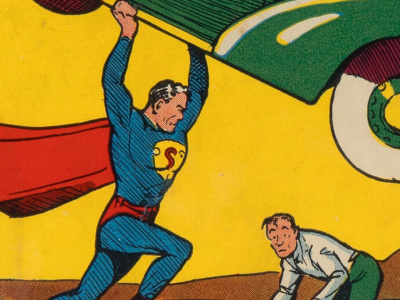A radical transformation of the most important part of the media business is underway, with certain disruption and uncertain outcomes to follow. The first numbers from the new television season continue the dramatic shift in television viewership that has rapidly gained momentum this year, especially among the young. TV usage during the first nights of the new season is down 20% from a year ago, according to Ad Age.
Consumers leaving cable television for other video delivery platforms began to accelerate rapidly earlier this year. In the second quarter, the top eight cable providers lost 463,000 subscribers, compared to a 141,000 subscriber loss in the year ago period, according to Pacific Crest via Business Insider. In the same period, the streaming services skyrocketed, with Amazon up 40%, Hulu up 45%, and Netflix, the largest, up 20% in Q2.
Other surveys came up with even bigger declines, with SNL Kagan reporting that 625,000 customers stopped paying for cable in Q2, according to Ad Age.
Last year wasn’t exactly a good year either, with very bad news for TV viewership among younger viewers. Viewership of movies/TV shows on television by viewers 14-17 dropped 33% worldwide in 2014, according to a survey conducted by Accenture and reported by Media Daily News. The overall decline in 2014 was 13% worldwide and 11% in the U.S. The older the viewers, the smaller the drop, with viewership of movies/TV on television down 14% for viewers 18-34, and down 11% for viewers 35-54.
Concerns over these numbers came to a head last month, when Disney reported that ESPN, its most proifitable division, was losing subscribers, estimated by some to be millions in the last year. Stocks in companies that rely on cable revenues plummeted, with Disney and Time Warner both down over 20% at their lows. Disney’s media channels account for over half the company’s operating revenue, in a company that also includes theme parks, Lucasfilm, Pixar, and Marvel, as well as its own movie studio.
And the pressures that are building on television aren’t only coming from the decline in cable subscribers. There’s also the proliferation of programming. There are over 400 scripted series on television and streaming services in 2014, compared to 211 in 2009, according to the New York Times. And new programs aren’t only competing with nearly twice as many new competitors, they’re also competing with every program from the past that’s now easily available on streaming services.
With revenues from cable declining, and more competition for viewers, something’s got to give, and the long-promised restructuring of the television business could happen at a whirlwind pace. Why is this important to those of us in the geek culture business? First, there will be a direct impact on geek programming. If cable revenues decline, and the number of programs has to be cut, the opportunities for new geek programming decline, and that’s a loss of visibility for geek properties. Second, the companies most affected are also the companies that own the largest franchises in geek culture. And if the parent companies are squeezed, it’s not only going to be the TV divisions that are affected, it will be every part of the company.
The TV business seems about to undergo a wrenching change even more dramatic than the movie business experienced in the last decade as DVD revenues peaked and started to slide. It seems clear that video programming will be increasingly delivered by streaming services, and cable revenues are going to decline. The rest of what happens is up in the air, but there are huge amounts of money at stake, massively powerful companies competing to keep their shares of the pie, and technology driving change at a rapid pace, so it’s going to be a hell of a show.








